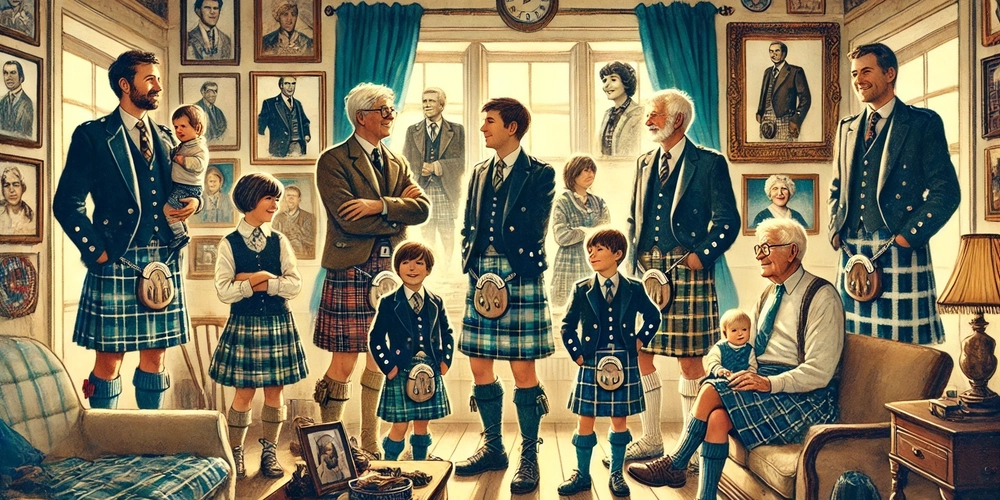Dev
4w
347

Image Credit: Dev
The History of Kilts and What They Mean to My Family
- Kilts hold a special personal significance for the author's family, symbolizing their heritage, history, and resilience.
- Originating as the 'belted plaid' in the 16th century, kilts evolved into tailored garments, representing Highland identity amidst cultural suppression.
- The Dress Act of 1746 banned kilts, but a 19th-century revival brought them back as symbols of national pride and elegance.
- Tartan patterns became associated with Scottish clans, reflecting familial or regional identities.
- The author's family wears the MacLeod hunting tartan, signifying unity, memory, and continuity.
- Wearing kilts in the author's family serves as a way to connect with history, show pride, and maintain traditions throughout generations.
- Kilts teach values of pride, craftsmanship, and individuality, emphasizing the importance of tradition and intentionality.
- Passing on the tradition of wearing kilts bridges generations and preserves memories, providing a sense of stability and connection.
- Kilts are more than just clothing; they embody emotion, connection, and storytelling, offering a way to honor the past and express pride.
- For the author's family, kilts represent a living tradition that unites generations, carries memories forward, and provides a sense of belonging and continuity.
Read Full Article
20 Likes
For uninterrupted reading, download the app